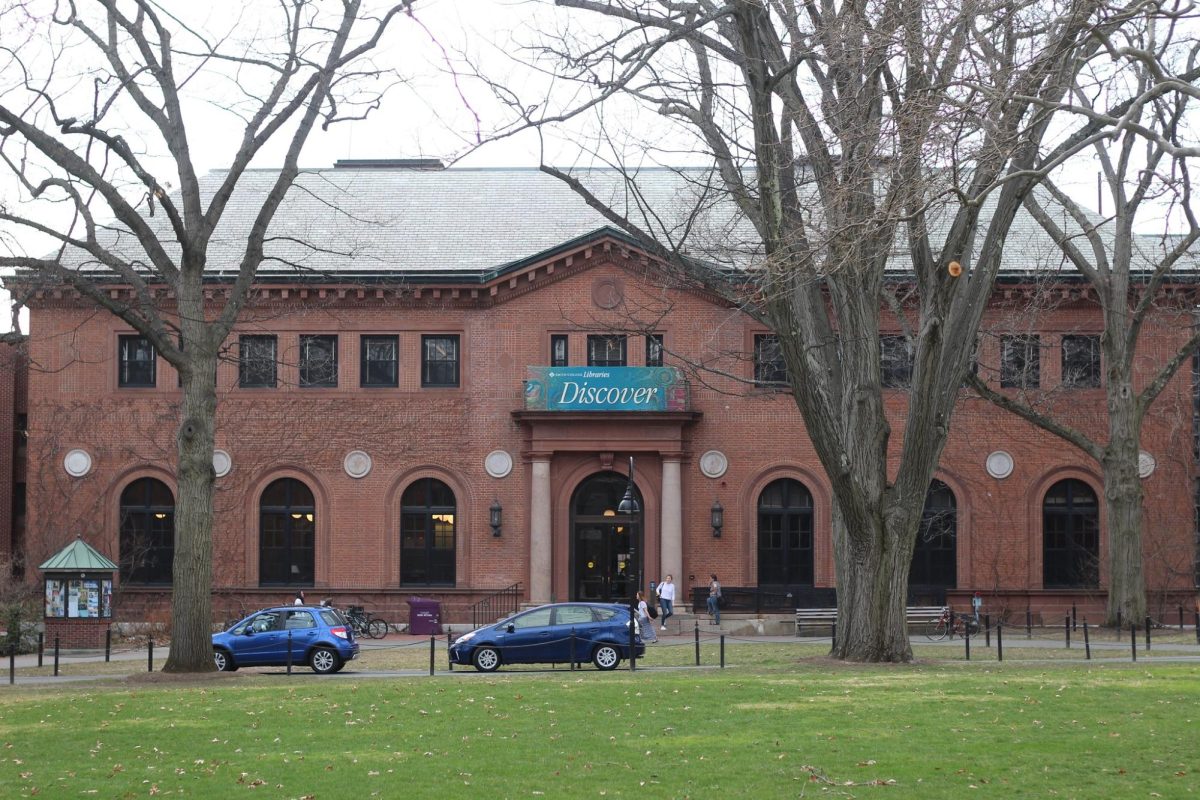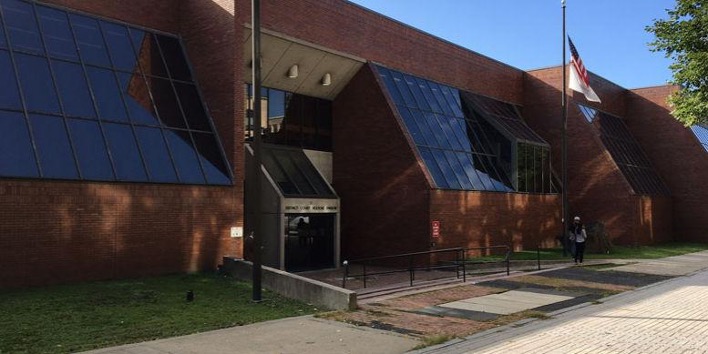
After a record $54 million rise from 2008, research spending hit an all-time high of $489.1 million at the University of Massachusetts last year, according to an announcement from UMass yesterday.
Of the nearly $500 million spent on research in FY2009, $160.7 million was spent by the Amherst campus, second in the University system only to the Worcester campus, which spent $204 million, according to a UMass press release.
The flagship campus spent around $4 million more a year ago than it did in FY2008, and leads the five-campus system in “in key technology areas, such as lower-atmosphere weather radar, materials for solar energy and nanomanufacturing,” Thursday’s release said.
“The University of Massachusetts is being recognized as a major force in the world of research, as evidenced by the millions of dollars in research funding that is pouring into all five of our campuses,” said University President Jack M. Wilson in the release. “Our faculty is being recognized for pioneering work that improves and saves lives.”
Around 58 percent of the total University research funding came from the federal government in 2009, 25 percent from UMass, 3 percent from state and local government, 6 percent from industry and 8 percent from other sources, like private foundations.
The growth of University’s total research expenditures has significantly outpaced the national average in recent years. A new University report shows UMass’ research spending rose by 9.5 percent in FY2008 compared to the national university growth rate of 5.2 percent. And, research spending climbed 34 percent at UMass from FY2003 to FY2008, while the countrywide average increased by 23 percent over the same time period.
UMass ranks third statewide – behind the Massachusetts Institute of Technology (MIT) and Harvard University – and fourth in New England – trailing MIT, Harvard and Yale University – in higher educational research activity.
“In Massachusetts, our greatest natural resource is our brainpower, and the University of Massachusetts is committed to making sure that knowledge, innovation and discovery are always driving the state forward and leading us to new opportunities and new prosperity,” Wilson said.
Nearly 96 percent of last year’s research funding at UMass fell under the category of science and engineering, with 56 percent of that occurring in the life sciences.
The Lowell campus spent $56.7 million on research last year, partnering with other local universities and industry on a nanomanufacturing research center as well as the expansion of biomanufacturing research and industry services program, said the release.
UMass Boston’s expenditures were $47 million in 2009 and focused on life sciences research and health care collaborations with major Boston institutions, including Children’s Hospital and Dana-Farber/Harvard Cancer Center. Meanwhile, a new initiative in marine renewable energy, including a regional university-industry research consortium and proposed technology demonstration site in Muskegat Channel, was the focus at the Dartmouth campus, which spent $20.7 million a year ago.
The Worcester campus’ major initiative was translating research to improve clinical outcomes, with an emphasis on gene therapy, stem cell therapy and RNAi therapeutics, the release said.
“Research is an important component for any major university,” Wilson added. “Research expands the boundaries of human knowledge and also fuels economic growth, while at the same time paying dividends in the classroom by exposing students to faculty members who are the leading thinkers in their fields.”
Wilson, who called research “rocket fuel for the state’s innovation economy,” created the President’s Science and Technology Fund, which seeds promising research projects on all five campuses. That fund has provided about $1 million in project funding since its inception in 2004 and has been responsible for 43 projects to date, which have gone on to attract over $100 million in additional funding from external sources, said the release.
Research strengthens existing Bay State companies and helps to create companies and jobs by leading to scientific breakthroughs and new products, the release added.
Examples of research strengthening existing companies include UMass Amherst’s radar systems work with Raytheon, while research spinoffs include Konarka, a solar energy company which evolved from faculty research at the Lowell campus.
Growth in research spending and funding has been coupled with an increase in the income the University derives from faculty discoveries and products. UMass ranks in the top 15 nationally in generating licensing and royalty income from faculty innovations and discoveries taken from the lab to the marketplace, according to the release. Annual intellectual property income has risen from $20 million in FY 2003 to $73 million last year.
The University’s FY 2009 expenditure report can be found at: http://www.massachusetts.edu/ir/irannualpublications.html
Matt Rocheleau can be reached at [email protected].












